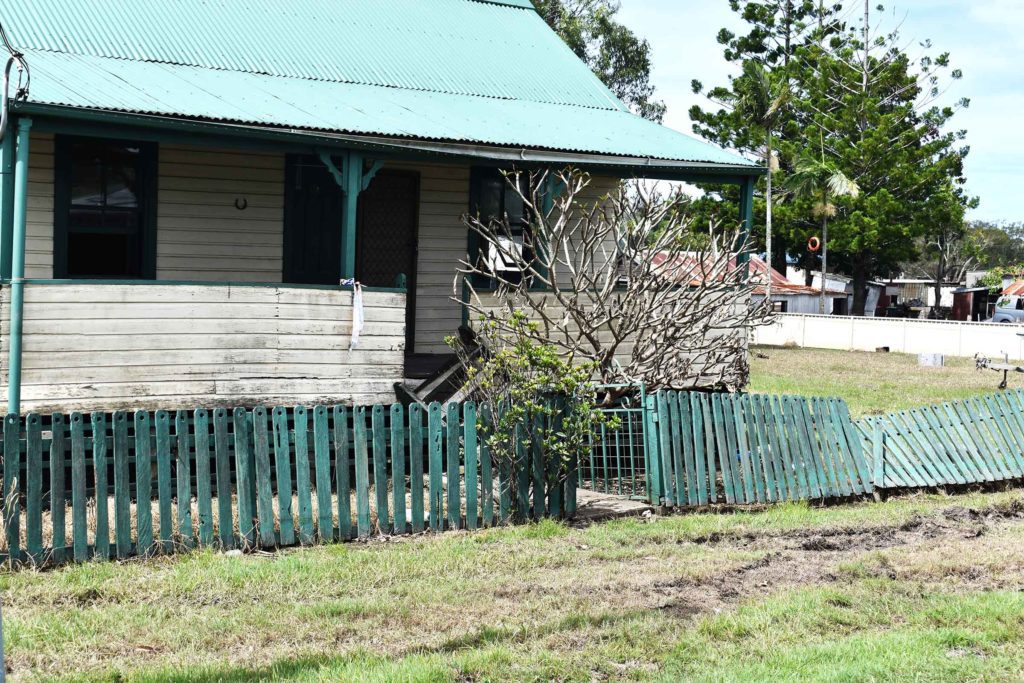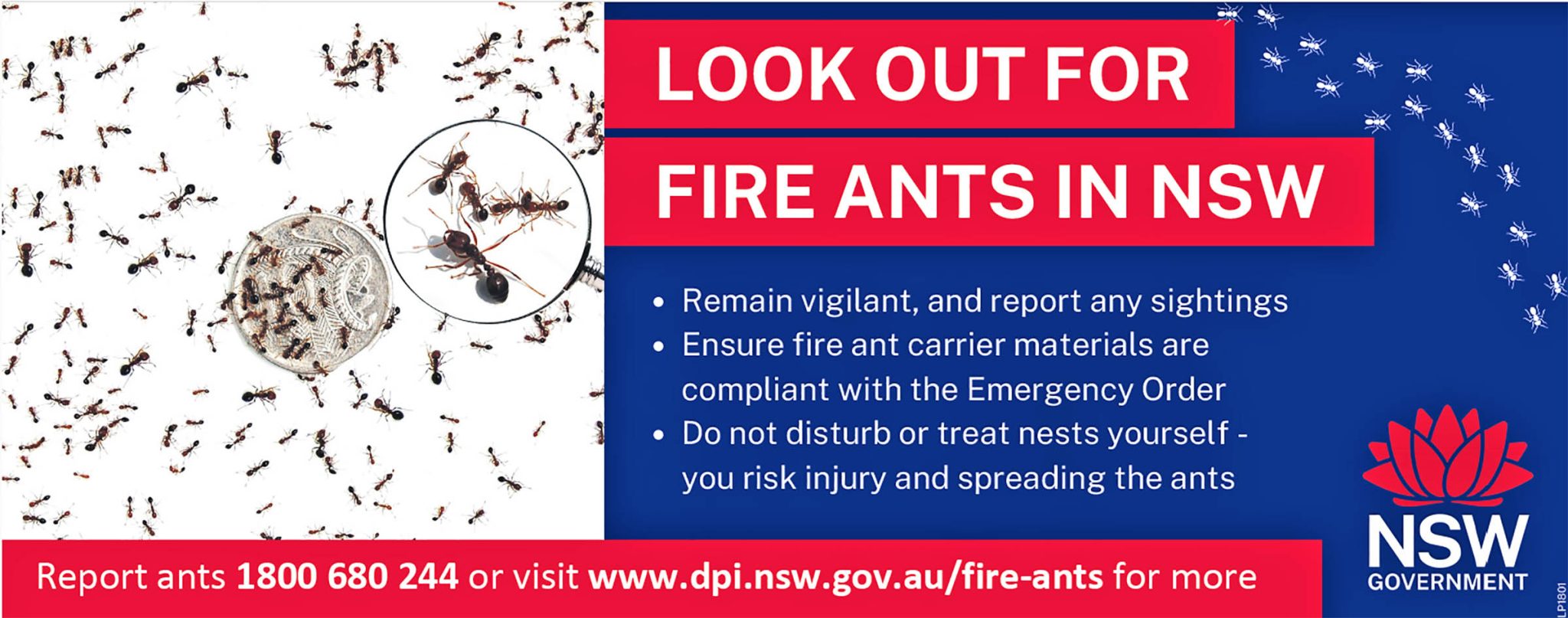Susanna Freymark
We asked the 10 candidates for Page about the hot topic of housing.
WE ASKED:
Housing in the area was tight before the fires and floods and now is much worse.
What practical ideas do you have about easing the rental shortage and making housing more affordable to buy or rent?
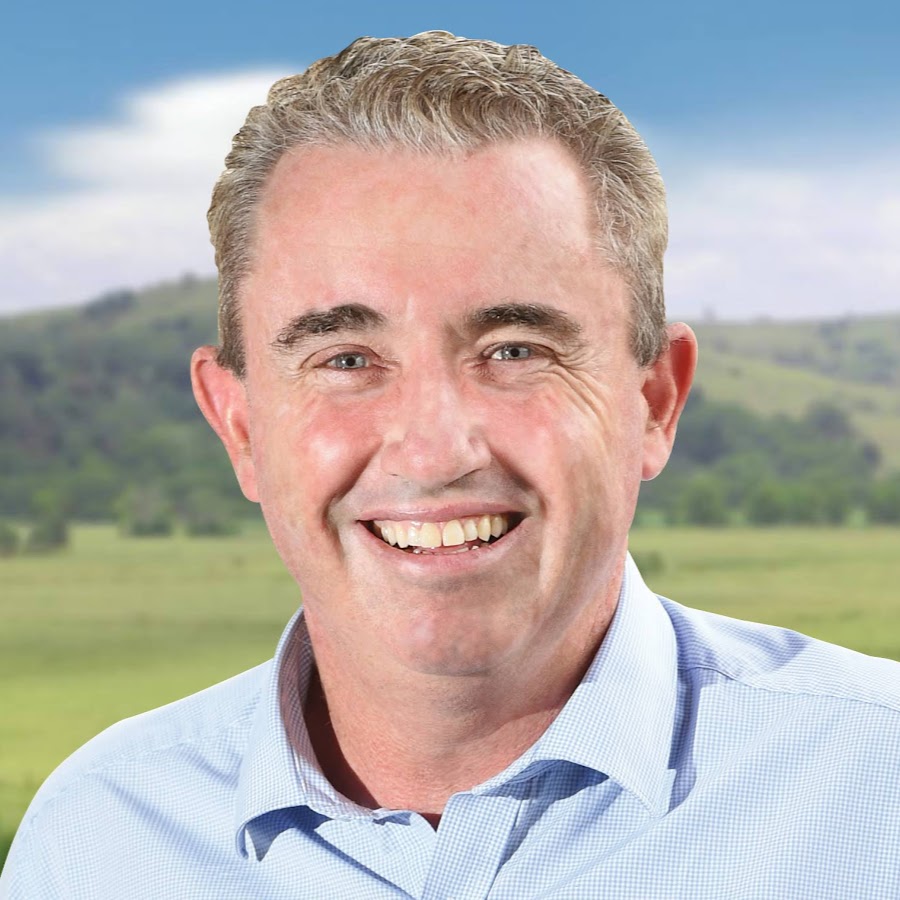
Kevin Hogan
The Nationals
At a Federal Government level, we provide more than $8 billion in housing and homelessness programs every year. This includes over $1.6 billion each year paid to the states and territories to deliver and maintain state social housing through the National Housing and Homelessness Agreement. The most important level of government when talking about housing is Local Government. It is local governments that approve development applications for all housing, including social. I am continually working with them on this. We have also introduced a number of programs to help people get into a home of their own. HomeBuilder, First Home Loan Deposit Scheme, First Home Super Saver, and Family Home Guarantee have all helped thousands of people get into the market.

Patrick Deegan
Labor
An Albanese Labor Government will cut the cost of buying a home by up to 40% for 10,000 Australians per year.
Help to Buy will help Australians buy a home with a smaller deposit, a smaller mortgage and smaller mortgage repayments.
Labor’s Regional First Home Buyer Support Scheme will help first home buyers get into a house sooner with a deposit of just 5%, while our $10 billion Housing Australia Future Fund will build 30,000 new social and affordable housing properties in its first five years.
Northern NSW will be the first region to benefit from this program.
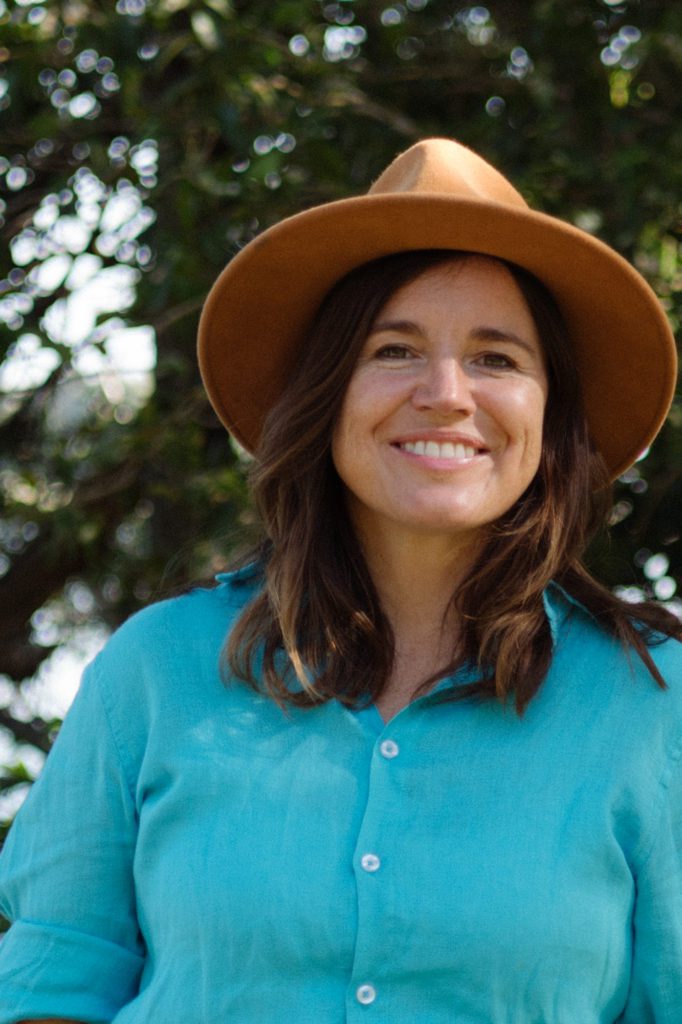
Hanabeth Luke
Independent
Affordable and social housing that is resilient to fire and flood must be a priority in our rebuild. Across the state, social housing supply sits at around 4.5- 5%, but in our region, it is about 3.5%. Robert Mustow, mayor of Richmond Valley Council estimates that at one time, almost a third of houses in Casino were social housing developments. Again, the way that federal funding favours city developments that are of bigger scale and shovel ready. What Australia needs is a comprehensive and well-funded plan for affordable housing. Ideas for achieving this are out there. I don’t claim to be an expert in this space, but there are many who are, and we need to bring them together to drive innovative solutions.
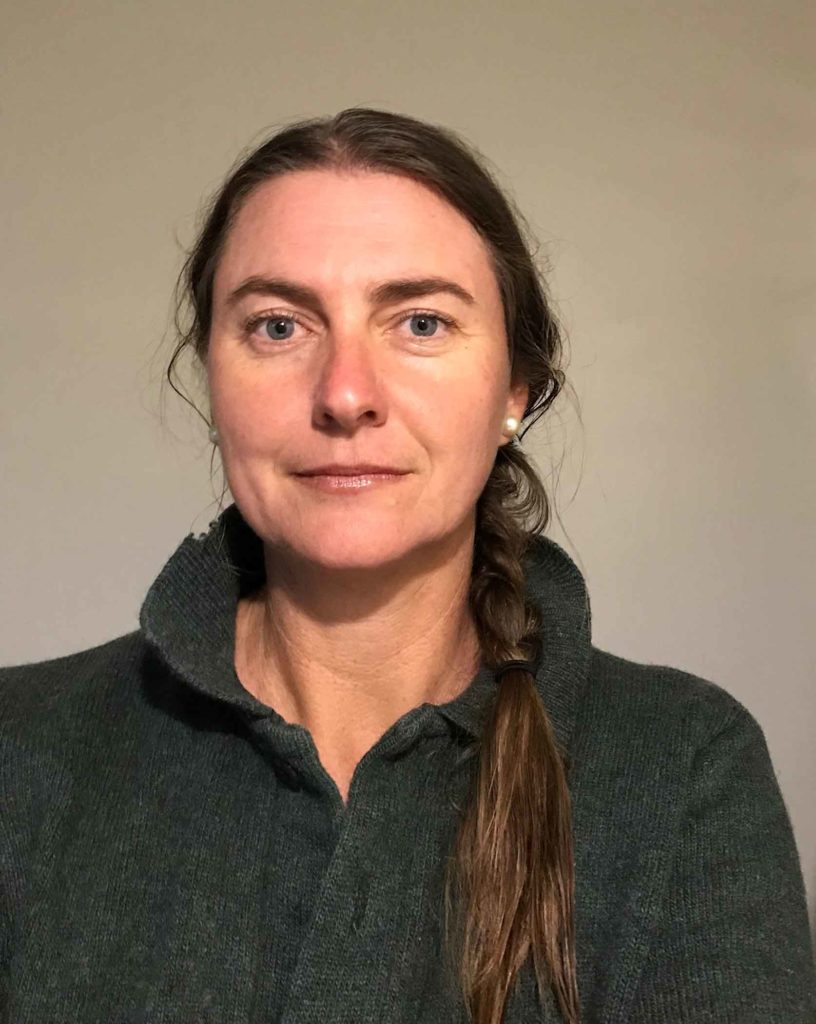
Heather Smith
Australian Federation Party
We need a five-year waiver on housing regulations to allow people to establish caravans, tiny homes and renovations to facilitate shared housing. We need to fast track land availability in non-flood areas to relocate the hardwood timber homes from flood zones. With the shortage of tradesmen and building materials we need to reuse as much as we can. I’d like to see alternate building methods such as straw bale, rammed earth being fostered through review of building codes. We need to consider a temporary work visa for flood recovery, so that we have a larger labour force to fast track the build. Longer term, we need to shift development focus from the four-bedroom, two-bathroom free-standing home to include a mix of accommodation styles including mid-rise of 10 storeys.

Kashmir Miller
Greens
The Greens plan to fix the affordable housing crisis involves building one million new homes to ensure everyone has a home. We will introduce a shared equity ownership scheme to allow people to buy their first home. This includes building 750,000 new public and community houses to slash waiting lists, and 250,000 shared ownership and public universal-access rental homes to help ease the rental shortage. Rent will be capped at 25% of your income or market rent for these homes, whichever is lower. This plan will benefit a wide group of people and give Australians housing security.
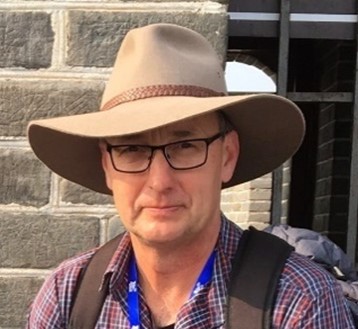
Serge Killingbeck
TNL
It is part of the TNL housing policy to limit lenders to providing loans up to 10 times the annual rental income of a property, a 10% per annum earnings to price ratio. While not TNL policy, there may be potential for some form of rent control linked to an area’s median income. This links the value of housing to what people can afford. Making houses more affordably priced also reduces the pool of renters.
Landlords have to meet a local market linked to what people can afford. The key is getting speculators, as opposed to investors, out of the market.
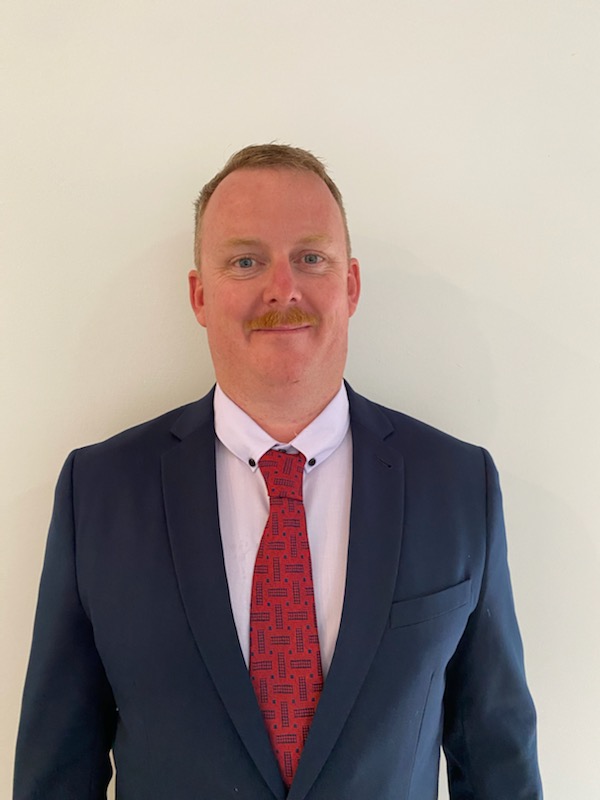
Ian Williamson
United Australia Party
We currently have a shortage of trades in Australia. With United Australia’s Party policy of free higher education, I would like to start social housing projects in conjunction with TAFE NSW to train tradesmen and women while replacing and repairing homes that were damaged or destroyed in the floods. On average this region is hit by two disasters a year. This would not only help our region recover now but also builds a workforce to recover our communities in future disasters.
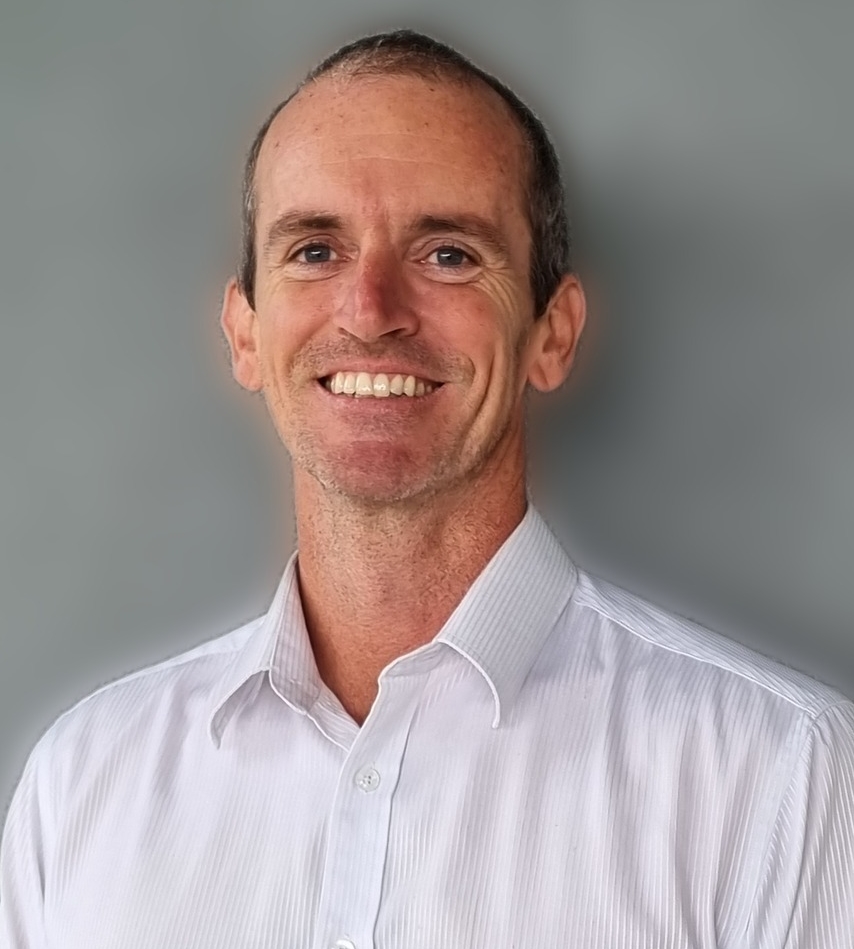
Tom Searles
Liberal Democrats

